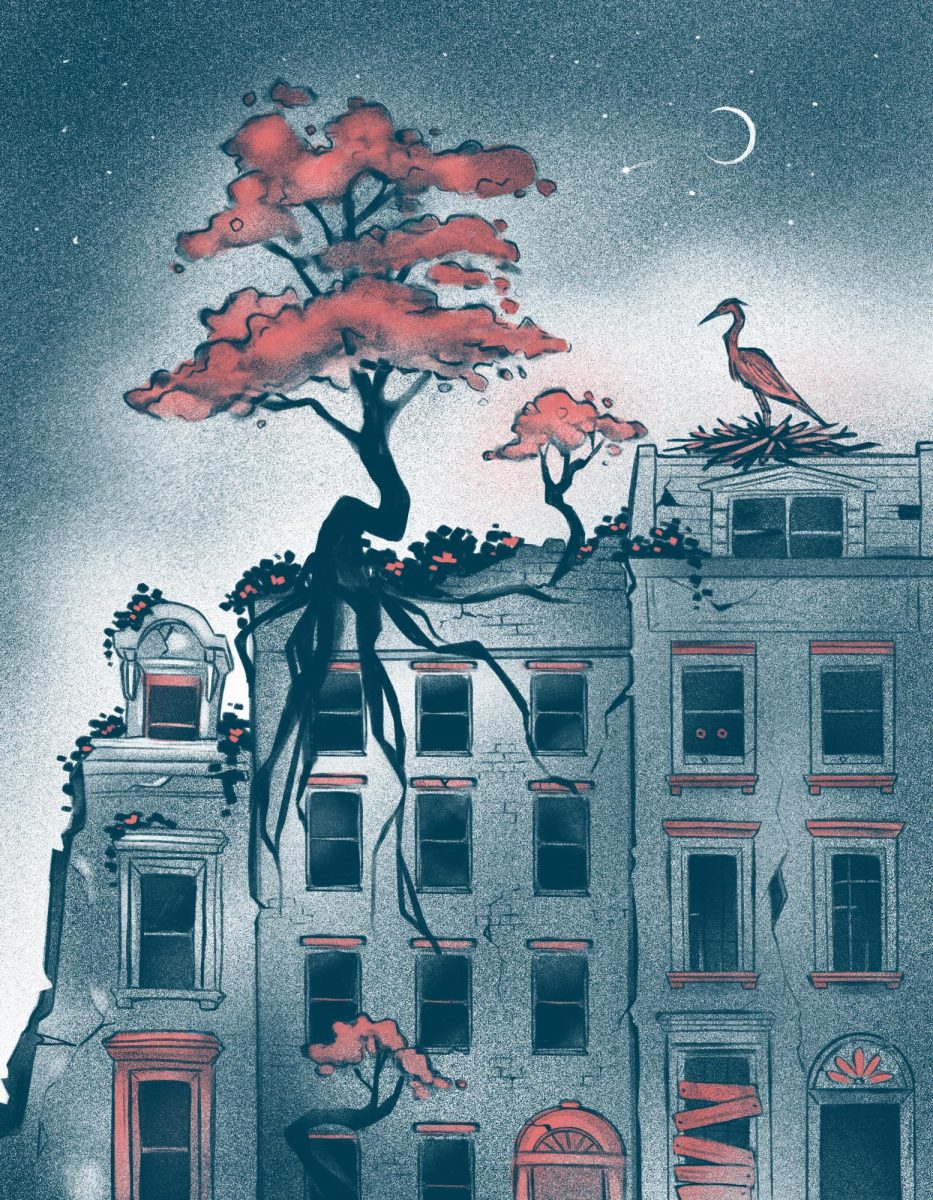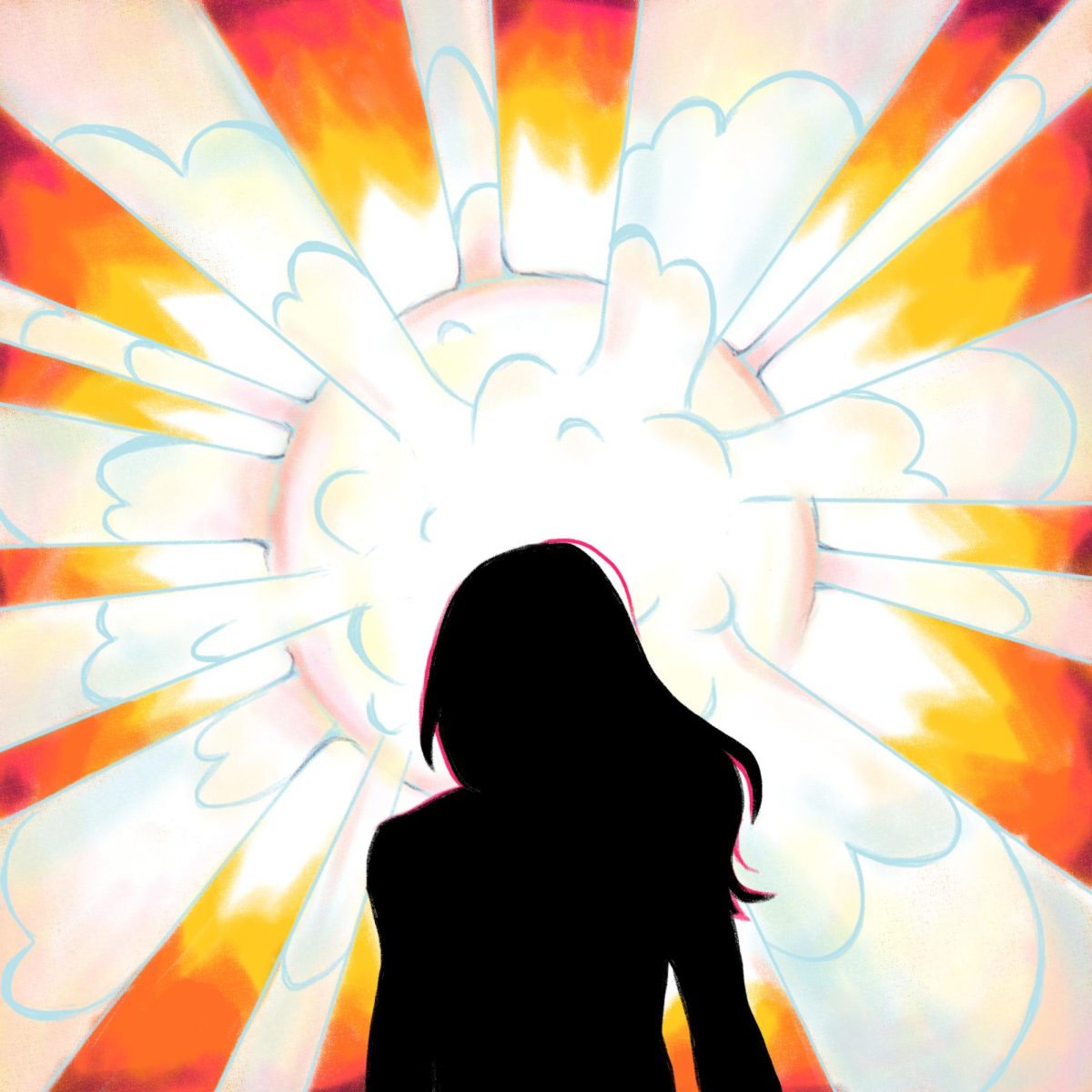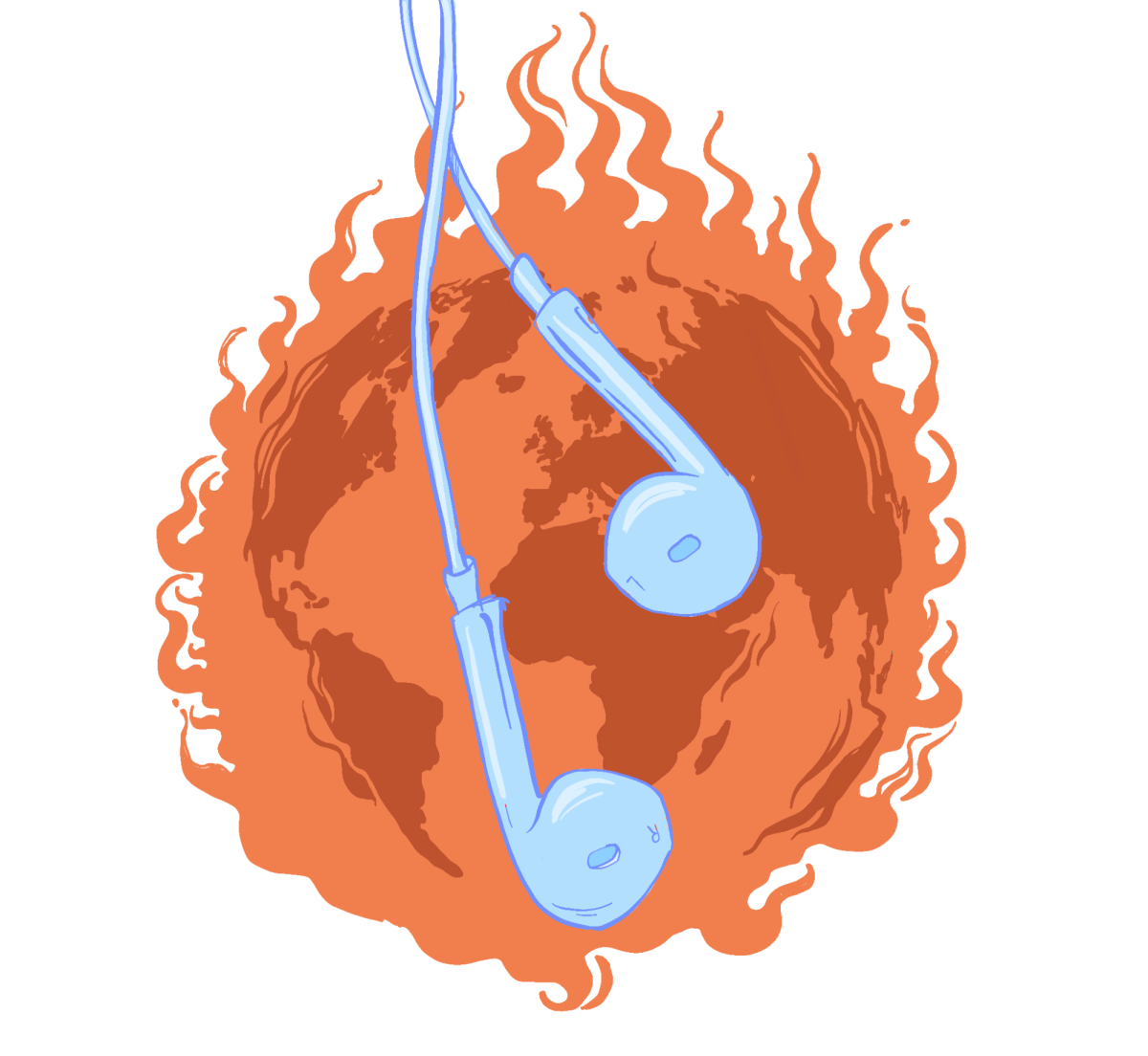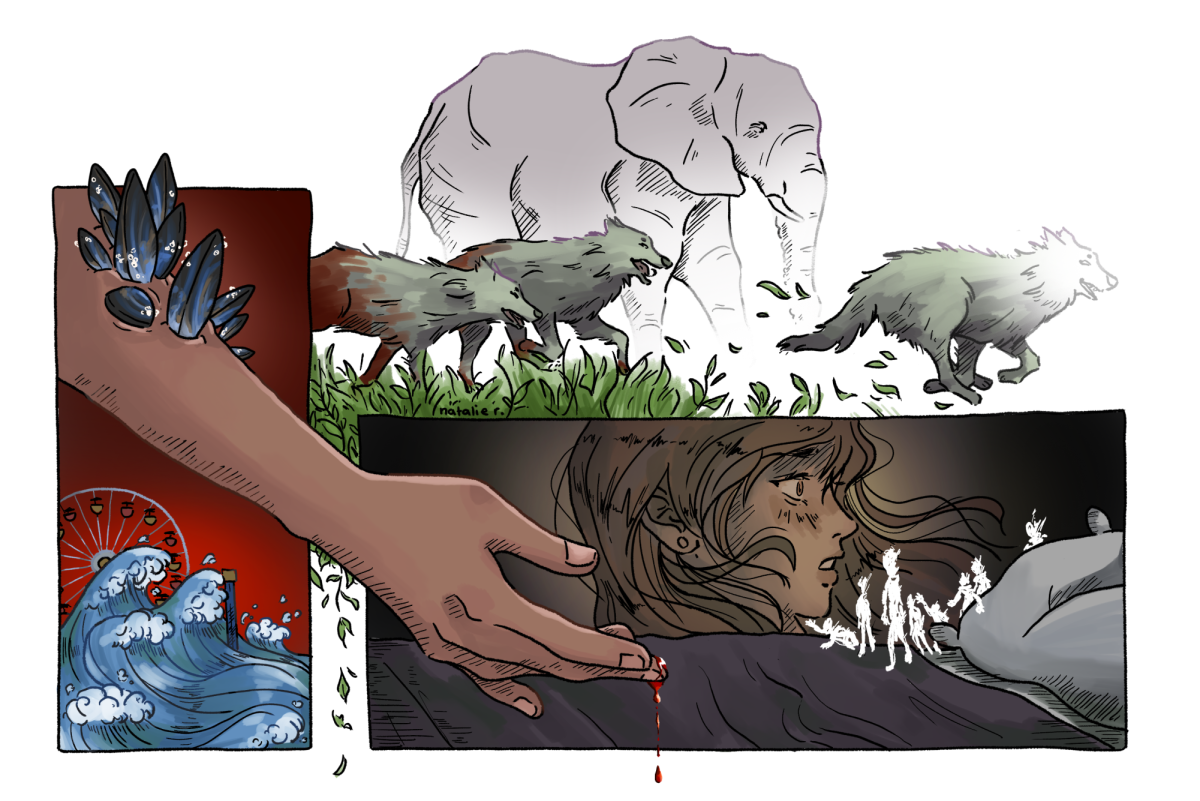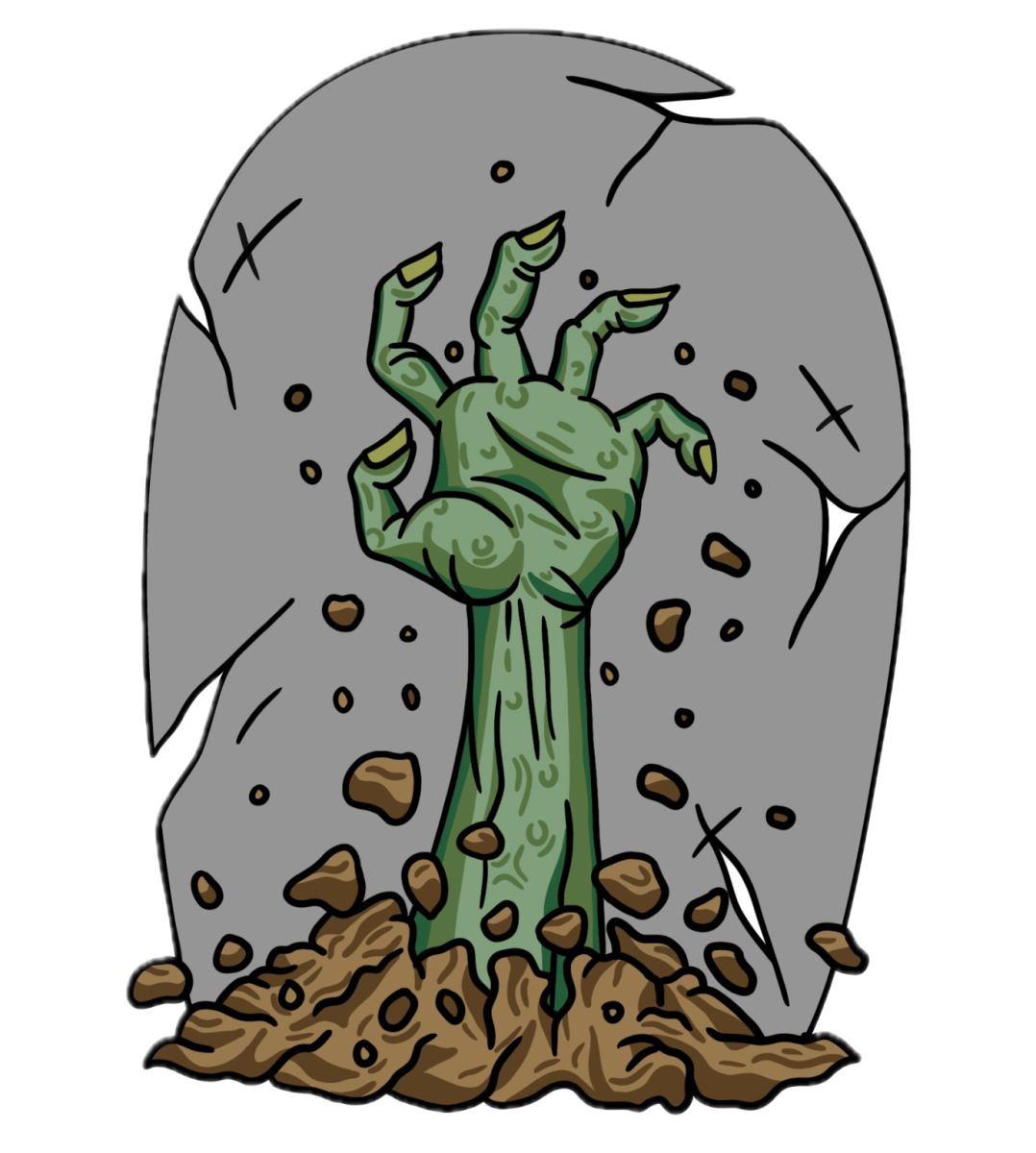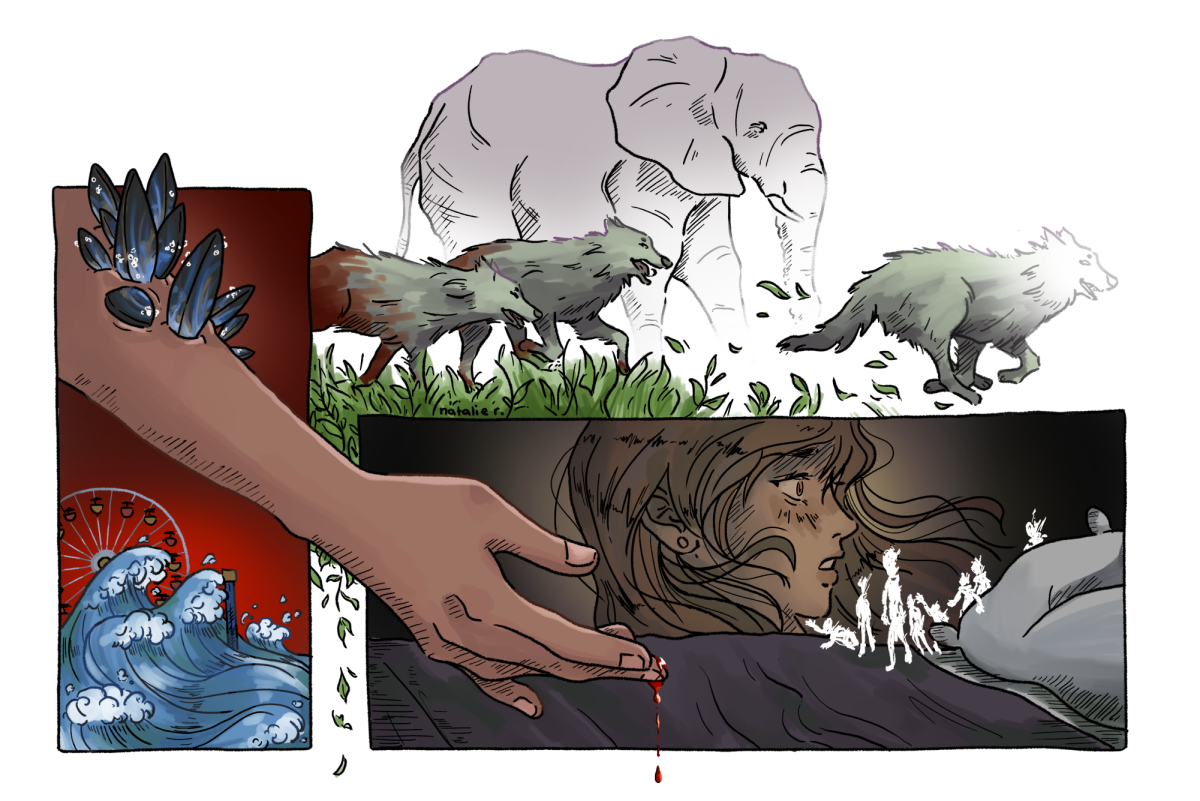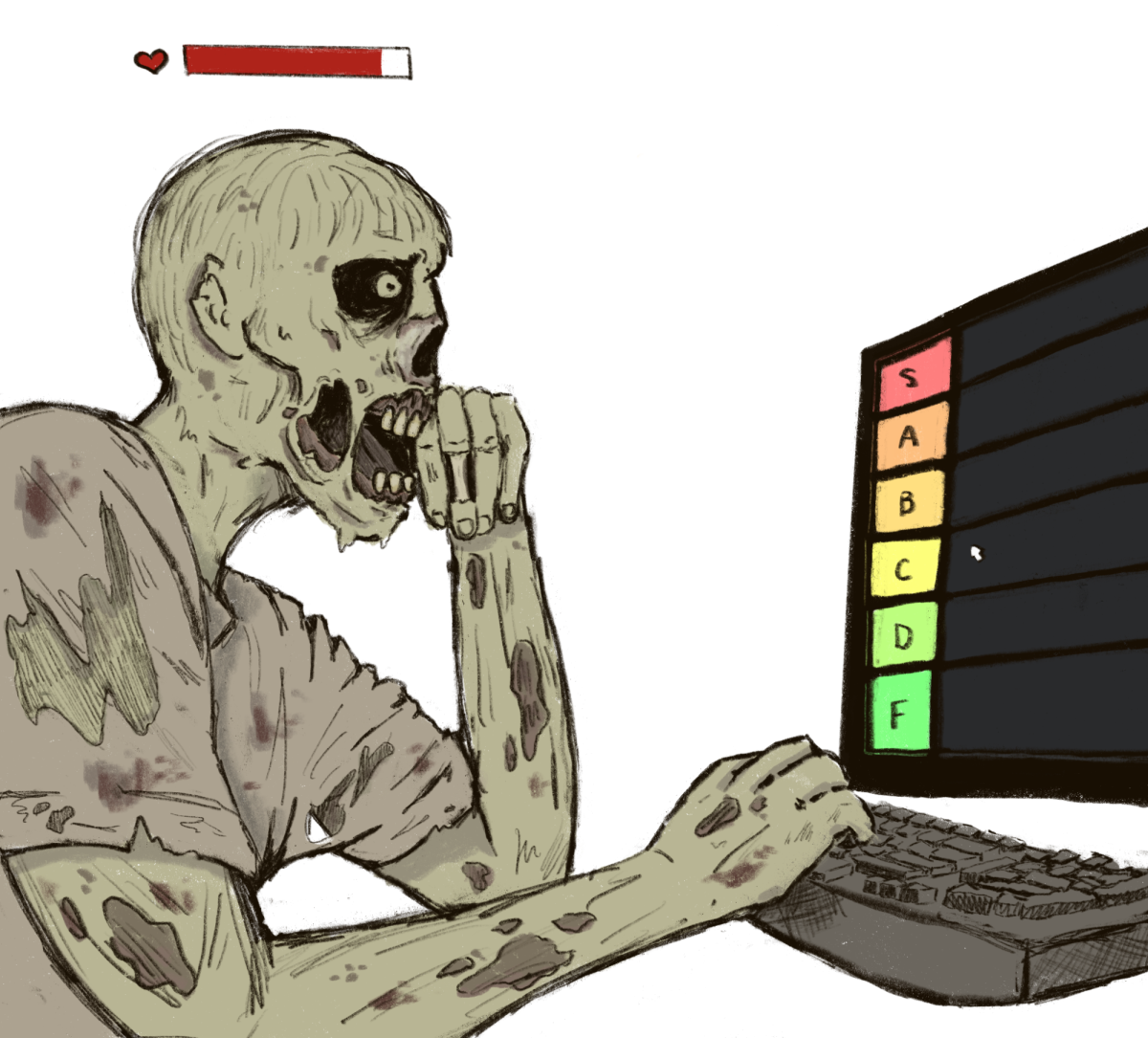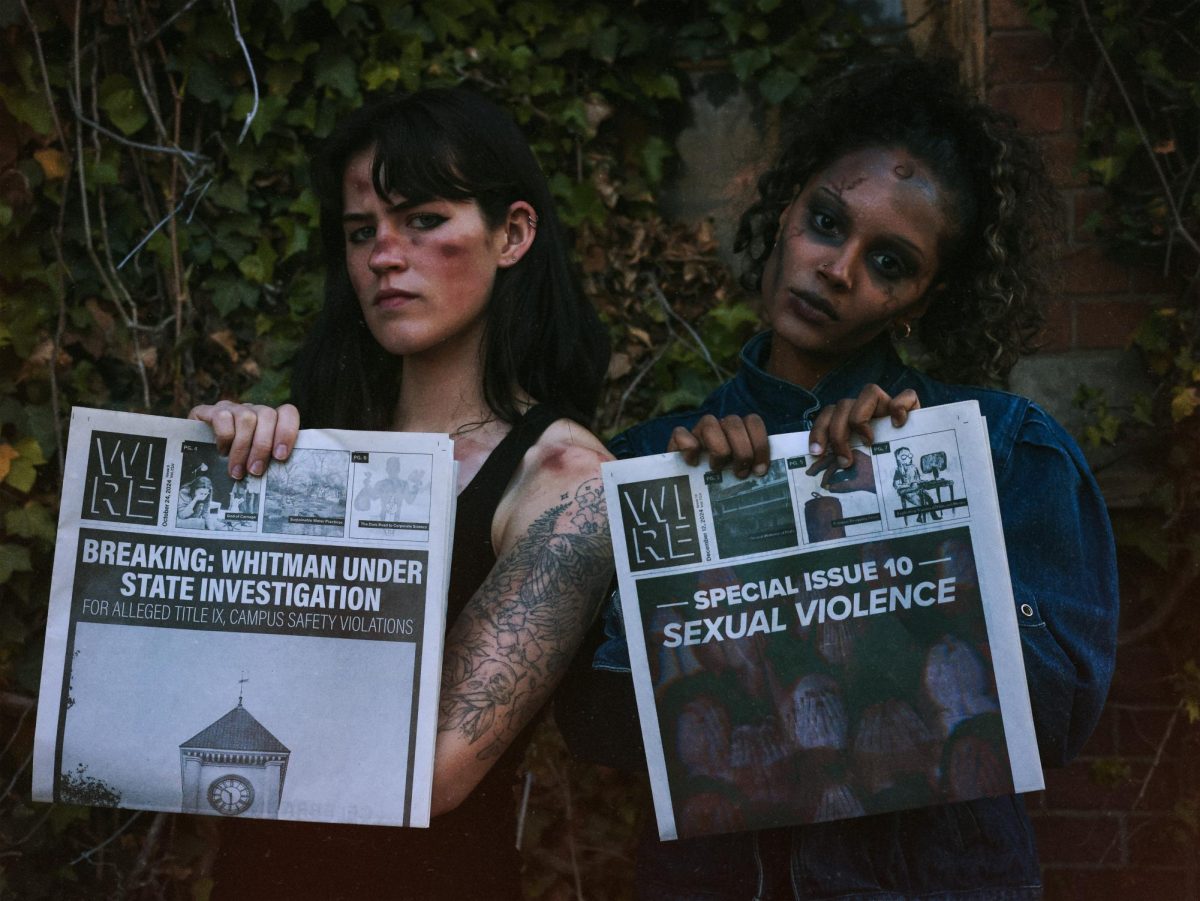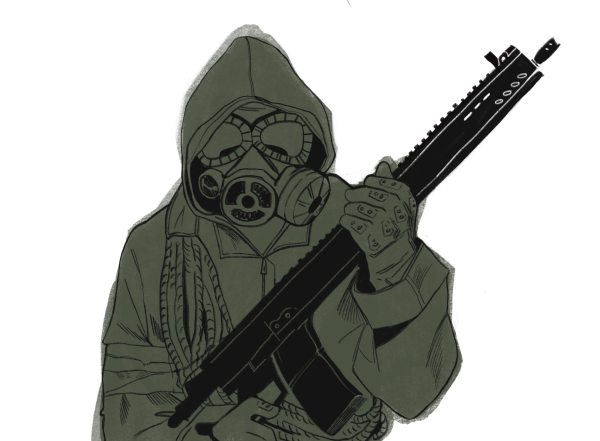
The Church of Latter-Day Saints describes the “Latter-days” (also known as the end of times, apocalypse or doomsday) as a time of crisis and destruction before the second coming of Christ. In these Latter-days, the world will be plagued with natural disasters, leading to food scarcity and war. Due to these teachings, bishops within the church preach the practice of self-resilience and being properly prepared to protect themselves before Jesus returns to Earth, giving them the name of “doomsday preppers.”
Mormons were one of the first groups to practice prepping for the end of times because they believe it has already started. God’s restoration of the bible (the Book of Mormon) had been created during a dire time of need, and he chose Joseph Smith as the prophet. Through his teachings, Joseph Smith spread the news of the Latter-days to all. The Mormons believe that the end of times is not simply the total extinction of all people or the end of the world, but rather a progression of destruction that will arrive on any given day. Since this day is unknown, it is urged that all members of the church should be built to withstand these events.
Members of the church are constantly seeking signs that point to the Latter-days and the imminent apocalypse. By calculating different days and pointing to certain recent natural disasters, they believe that God is speaking through them. During 2020, Mormons pointed to the COVID-19 pandemic, BLM protests, earthquakes and financial collapse as clear signs of the end of times. Obviously, it didn’t, but this chain of thought spread far beyond the church and made many others believe that 2020 was the end of the world.
As this phenomenon spread across America, many were under the assumption that the end times had arrived, regardless of religious affiliation. Doomsday preppers have begun to expand to hoarders, billionaires, Mormons and average Americans, a large portion of them inspired by the pandemic and rooted in the fear of not being adequately prepared to face challenges.
The signifying factors of being a doomsday prepper typically mean creating some sort of a bunker, whether it be underground, a spare room or a guest house. In these spaces, people create self-sustaining food sources and/or store years’ worth of food, water and medical supplies, or, as we saw with the pandemic, toilet paper.
By stocking up on goods, they believe they are one step ahead of everyone else, especially the government. This superiority complex is rooted in an intangible source of fear and distrust of those around them. By rejecting any form of rationality, these preppers are able to not only find security within themselves but also feel a sense of control over an uncontrollable future catastrophe.
However, this movement has begun to thrive far beyond the teachings of Joseph Smith. It seems as though those who used to mock preppers have now become one. People from all different backgrounds have continued to prepare themselves for the eventual end, but the common consensus among them all is that preparation is key to survival, and those who tell you otherwise are in denial.
One significant flaw with this belief is that it revolves exclusively around American events. Mormons believe that Jesus has a special connection to America, and when he returns, he will first arrive in Jerusalem and then in Independence, Missouri. This fixation on the United States results in many Mormons paying attention to local natural disasters or ungodly practices that will result in apocalyptic divine intervention.
Doomsday preppers will rarely pay attention to global issues such as war or destruction, which they believe to be strong signifiers of the end of times, and instead fear the possibility of domestic devastation. Ignoring global crises not only manifests itself in doomsday prepping but also shows a lack of concern and urgency for international concerns that don’t affect them.
The act of doomsday prepping is rooted back to the Church of Latter-day Saints, but has begun to present itself in many other Americans’ lives. Facing uncertainty, prepping for doomsday is an outlet that is intended to cause ease, but in many ways, it creates an environment of unnecessary scepticism and recenters the United States in every issue. The COVID-19 pandemic was a prime example of how uncertain events fuel mass hysteria and how doomsday predictors still haven’t been able to make an accurate estimation.

